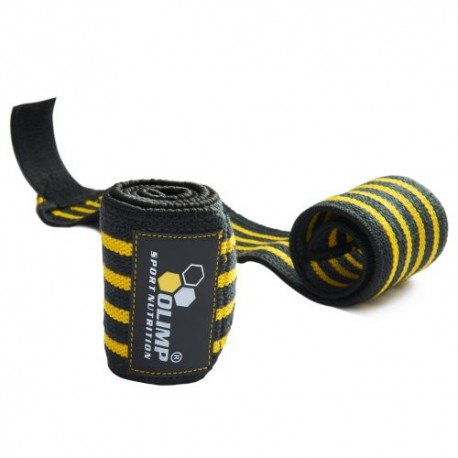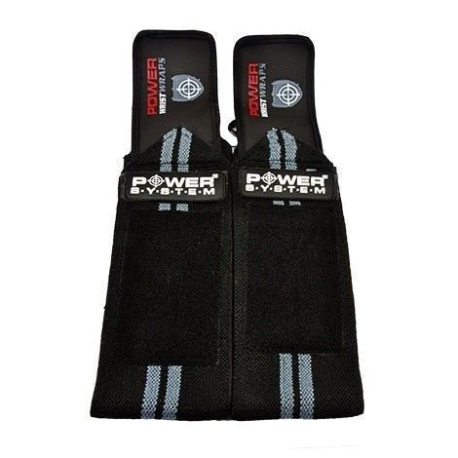Basics of calisthenics exercises - push-ups
Push-ups are so banal, and at the same time an exercise with such enormous possibilities of their combinations, that one blog post will not be enough to cover this topic. Narrow, wide, archery, cobra, tiger push-ups, on handrails, in a handstand, with legs raised, uneven, asymmetrical, with support, with a twist of the torso, spidermans, on one hand, plyometric, pike pushup, in the planche position. If you add their combinations and variations to it, we get a set for which years of training are not enough to test them all and include them in your training plan.
Correctness above all
In the most simple and basic push-ups, the body should be positioned parallel to the ground and tense from the heels through the buttocks, the abdomen with the lumbar spine, and the back and neck. Place your hands shoulder-width apart, spread your fingers a little. Often, beginners complain of pain in the wrists in this position and too much tension in the tendons. For such people, various types of handles for push-ups or parallets will be a godsend. However, it must be remembered that in the long run it is better to exercise and stretch your wrists than to rely only on accessories. With the body positioned in this way, bend your elbows and bring your chest to the floor. We keep our head straight, we do not bend it upwards to look somewhere in the distance, nor do we look at the belly. Push-ups are best done with your eyes stuck to the floor between your hands, while lightly tapping your hands into the ground. Such a tightening of the muscles causes the elbows to stay closer to the body and not to drift apart. We make the movement calmly, slowly, without haste or rebound. A smooth descent is best done longer than pushing it up. This is known as eccentric motion, which is considered to build muscle better than tension in concentric motion. It is also possible to perform isometric tension during the pump by holding the lower pump position for a while. It can be assumed that 1s up, 3s eccentric, 1-2s isometry in the lower position, and 2s concentric. Such a pop in the correct position of the body, as well as carried out with a calm, smooth movement will build not only strength and figure, but also create a movement pattern, so important in all strength exercises.
The first stones for your feet
Usually, the first difficulty in doing the correct push-ups is simply the inability to perform at least one repetition. What to do then? In order to develop an appropriate pattern of movement and build strength, it is best to start with placing the ground upright, i.e. with push-ups against the wall. It is not only the easiest version of this exercise, but it is also perfect for consolidating the pattern of muscle tension in our nervous system and for guiding all movement. Additionally, they have a great advantage that is veeery important for beginners, namely progress. Usually very fast, which gives a powerful kick to overcome subsequent obstacles in calisthenic peregrinations. In the next stages, we move to the position of the body more and more horizontally, leaning against the table, chair, and finally we land on the floor. Of course, we talk about push-ups all the time. It may turn out, however, that despite the fact that we perform a dozen or so repetitions on the seat of the chair, we cannot perform even one repetition after moving to a completely horizontal surface. Then physics and a shortened lever come to our aid, i.e. when we assume the push-up position, we drop to our knees and in this position it will be much easier to perform subsequent repetitions.
First, the classics
There are many, many types of push-ups, but at the beginning I recommend focusing only on the classic variety. To help you find the right hand position and position your hands, you can first lie down on the floor and place your hands next to your body at the level of your chest. Then, keeping your entire body tense, lift yourself on your arms and stabilize your posture. This will be our starting position. Next, we follow the above description. The elbows may even slightly rub against our ribs while moving up and down, which will be helped by just screwing the hand into the ground. This is the best way to get the right movement pattern, strength not only in the arms, but also in the back, abdomen, buttocks and thighs, which will be needed in any other bodyweight exercises. Of course, there are separate sets of exercises for each muscle group, but remember that calisthenics focuses on symmetrical and synchronized development of the whole body, although you can persist and build only a group of pushing, pulling or stabilizing muscles, but it is not a good solution.
Any variations
Having already developed classic push-ups, we can try different variations. This is by no means a fit whim, but each variation of push-ups targets different muscle groups. The wider we spread our hands, the more we engage the muscles of the chest. Pumps of the sphinx, in addition to the triceps, will tighten the muscles of the forearms nicely, and the so-called pike pushup engages the shoulders more. In addition, push-ups are a great introduction to dips, i.e. push-ups on bars and handstand push-ups, which are the culmination of the entire exercise. For the ultimate difficulty, we can try one-hand push-ups, which are already a real feat for the whole world of calisthenics.
Push-ups and their various variations are the basis of many push-up training methods. Used as circuits, sets to the max or a great 5x5, push-ups are an excellent developmental exercise for the whole body, perfectly building the figure and strength for further exercises. Although they are usually mentioned as a base in calisthenic and street workout training, they are in themselves an excellent training method in which you can progress with further difficulties and complications in performing this exercise.


























